17 Vintage Chevrolet Cars That Missed The Mark
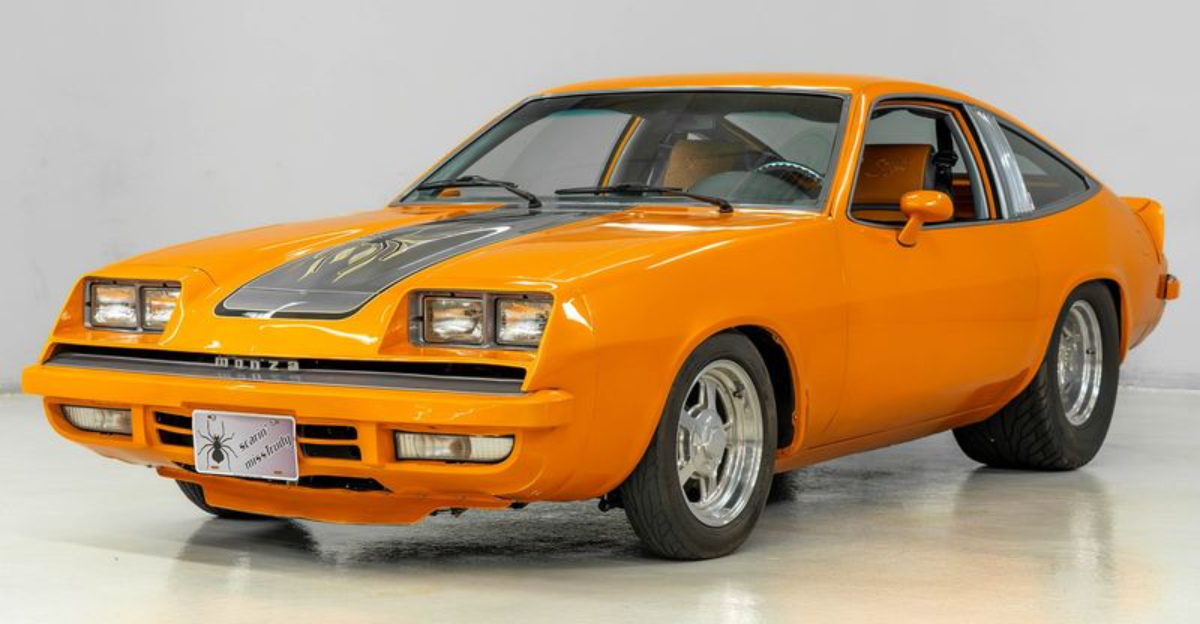
Even a powerhouse like Chevrolet has its off days. Some vintage models rolled off the line with big expectations and flashy styling, only to fall flat once the rubber met the road.
Whether it was odd design choices, underwhelming performance, or just bad timing, not every classic with a bowtie badge hit the sweet spot.
Some looked the part but lacked substance, while others got lost in the shuffle of stronger competition. Missed potential has never looked so interesting.
1. Chevrolet Corvair

Swing the rear of a Corvair too fast and you might find yourself facing the wrong direction!
This rear-engine compact became infamous when Ralph Nader’s book “Unsafe at Any Speed” highlighted its tendency to flip during sharp turns.
Despite innovative engineering and a sporty look, the suspension design created dangerous handling characteristics.
General Motors eventually fixed these flaws, but the damage to Corvair’s reputation was irreversible.
2. Chevrolet Vega
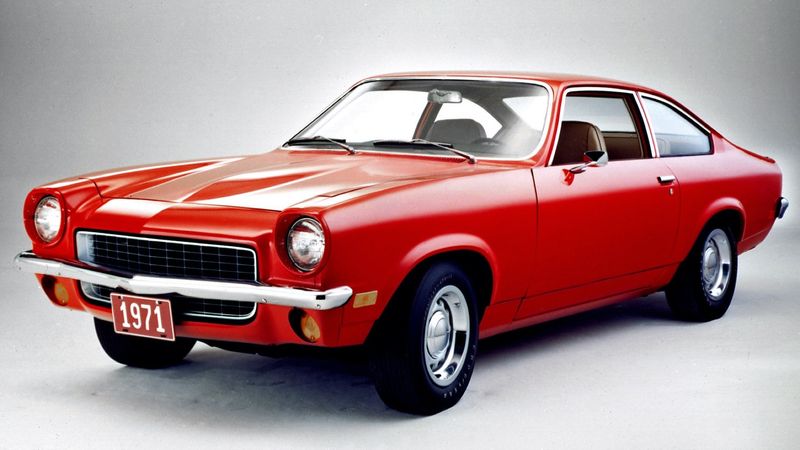
Watching a Vega deteriorate was like witnessing time-lapse photography of metal decay.
Rushed into production to combat Japanese imports, this compact car featured an innovative aluminum engine block paired with—ironically—a body that rusted faster than ice cream melts in July.
Engine overheating, premature body corrosion, and general reliability issues plagued owners. Despite selling over two million units, the Vega remains a textbook example of how not to build a car.
3. Chevrolet Citation
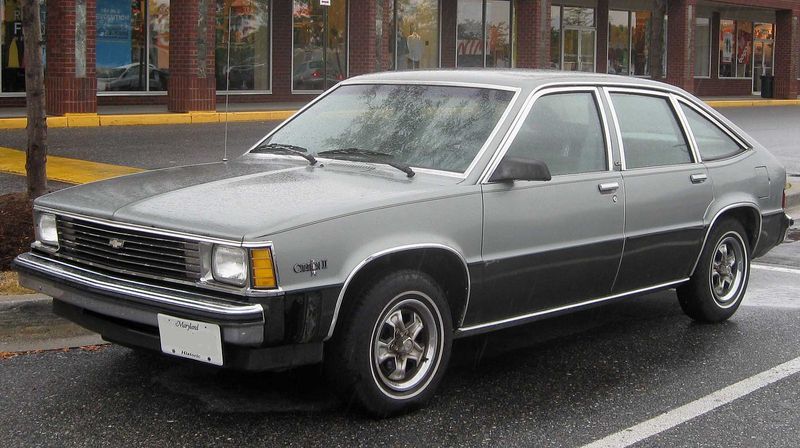
Launched with more fanfare than a Super Bowl halftime show, the Citation quickly became Chevy’s embarrassment.
Motor Trend even named it “Car of the Year” in 1980 before realizing what a lemon they’d endorsed!
Braking problems sent the car veering dangerously to one side, while transmission failures and rust issues completed the trifecta of trouble.
Six recalls in its first year should have been a clue that this front-wheel-drive experiment was headed for the junkyard of history.
4. Chevrolet Chevette

Punishment came in car form with the Chevette, Chevy’s answer to the 1970s fuel crisis.
Featuring all the excitement of dry toast, this subcompact offered a wheezing 51-horsepower engine that struggled to reach highway speeds.
Bare-bones interiors reminded drivers they had chosen economy over comfort.
Though it sold well simply by being affordable transportation during tough economic times, nobody shed tears when production ended in 1987. The Chevette proved you could build a car both cheap and cheaply.
5. Chevrolet Monza
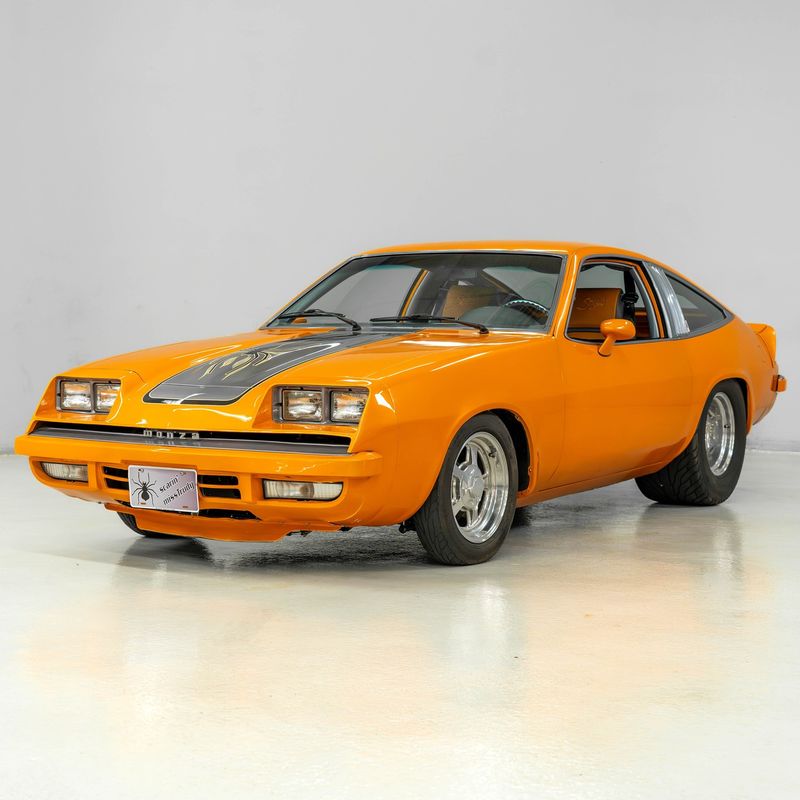
Gorgeous on the outside, problematic everywhere else describes the Monza perfectly. Based on the troubled Vega platform, this sporty-looking compact inherited all its sibling’s reliability issues while adding new ones.
Mechanics loathed working on it—changing spark plugs required partially removing the engine! Rust attacked with vengeance, and the optional V8 engine proved too heavy for the chassis.
The Monza epitomized the “all show, no go” philosophy that plagued 1970s American cars.
6. Chevrolet Lumina APV

Resembling a household vacuum cleaner more than a family vehicle, the Lumina APV minivan earned the unflattering nickname “Dustbuster” for its bizarre, sloped front end.
Kids were embarrassed to be dropped off at school in this futuristic oddity. Forward visibility was compromised by the massive dashboard, and the strange proportions made parking a challenge.
While GM deserves credit for trying something different, the APV proved that sometimes conventional designs exist for good reasons.
7. Chevrolet Malibu (1978–1983)
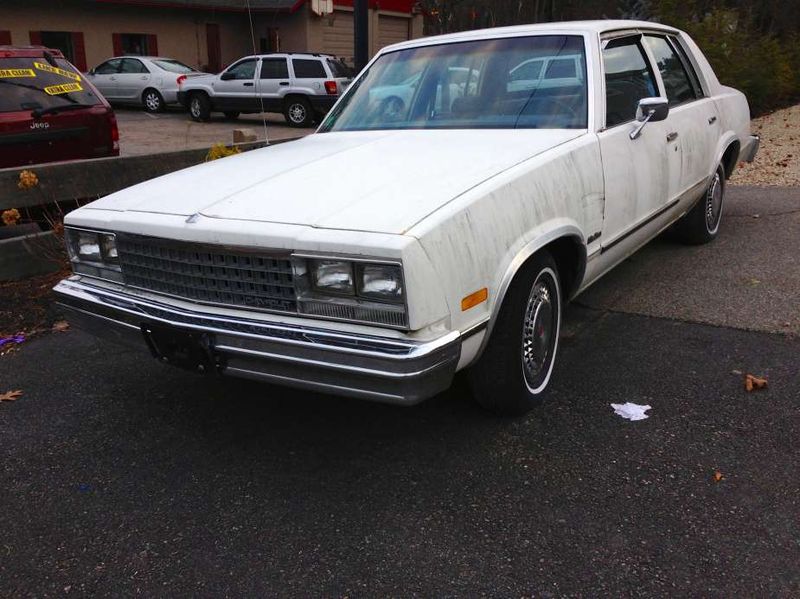
Falling victim to the oil crisis, the once-proud Malibu went from muscle to meh.
Chevrolet stripped away everything that made earlier generations special, leaving behind a boxy, uninspired sedan with anemic engine options.
The 1978 redesign saw power plummet to as low as 95 horsepower in some models. Fleet sales to police and taxi companies became its primary market.
Though practical transportation, this generation of Malibu represented how far American cars had fallen from their 1960s glory days.
8. Chevrolet Caprice Classic (early ’80s)
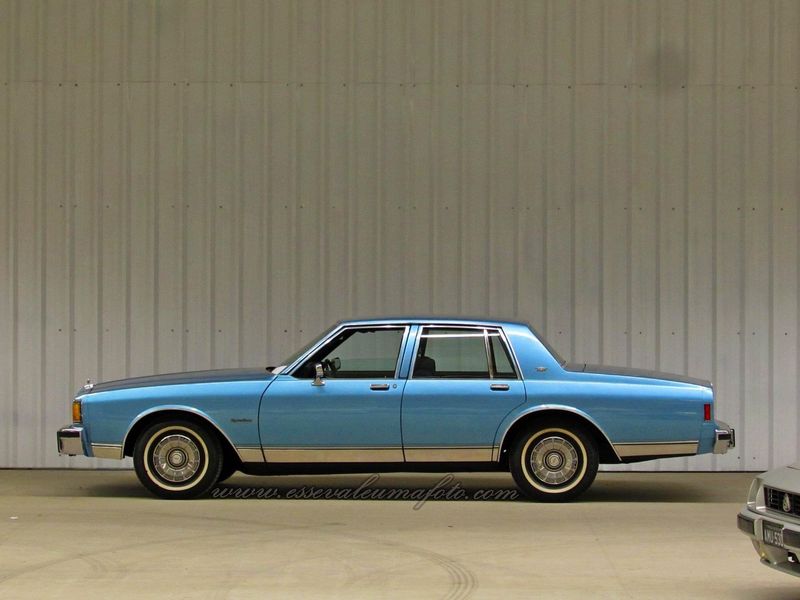
Boxy doesn’t begin to describe the early ’80s Caprice Classic. Resembling a rolling refrigerator, this full-size sedan embraced right angles with religious fervor while abandoning any pretense of style or performance.
Diesel engine options were particularly disastrous, known for self-destructing before 100,000 miles. Gas models weren’t much better with their strangled V8s.
Though popular with elderly drivers and police departments, this Caprice generation represented Detroit’s creative bankruptcy during the malaise era.
9. Chevrolet Celebrity

Nothing about the Celebrity lived up to its glamorous name. Bland styling made it virtually invisible in parking lots, while mechanical gremlins made it all too visible at repair shops.
Transmission failures became its signature feature, with many owners reporting problems before hitting 70,000 miles. The interior plastics aged poorly, cracking and fading within years.
Despite these flaws, Chevy sold millions to rental fleets and budget-conscious buyers who apparently valued anonymity over reliability.
10. Chevrolet Nova (1975–1979)

Forgettable best describes the final generation Nova. Once a respectable compact with performance credentials, the 1975 redesign transformed it into automotive wallpaper—present but unnoticed.
Sharing platforms with other GM divisions created a car without personality or purpose. Emissions equipment strangled the engines, reducing even V8 models to sluggish performers.
The Nova name, once associated with youthful energy, limped to retirement in 1979 before being recycled for a rebadged Toyota in the 1980s.
11. Chevrolet El Camino (1980s models)

Business in front, party in back! The 1980s El Camino perfectly embodied the mullet hairstyle of its era—neither fully car nor truly truck.
Based on the uninspired Malibu platform, these final-generation car-trucks lost the charm of earlier models.
Underpowered engines struggled to move loads, while the car-based chassis couldn’t handle serious truck duties. Fuel efficiency was terrible for its size.
Though it maintained a cult following, the 1980s El Camino represented a confused product that couldn’t decide what it wanted to be.
12. Chevrolet Sprint

Rebadging reached new heights with the Sprint, a thinly disguised Suzuki Cultus wearing a bowtie emblem. Though fuel-efficient at 48 mpg highway, this minicar offered all the protection of a soda can in accidents.
Acceleration was glacial—0-60 times exceeded 15 seconds. Highway driving became white-knuckle experiences as crosswinds threatened to blow the 1,600-pound car into neighboring lanes.
The Sprint demonstrated GM’s desperation to offer fuel-efficient options without actually developing their own small cars.
13. Chevrolet Beretta

Named after a famous firearm, the Beretta shot blanks in the sports coupe market. Despite sleek looks that promised performance, most models delivered tepid acceleration from economy-car engines.
Interior build quality seemed inspired by Fisher-Price, with plastic parts that broke with alarming regularity. The electronic dashboard frequently failed, leaving drivers guessing at speed and fuel levels.
Though the rare GTZ model offered decent performance, most Berettas were style without substance—all trigger and no bullet.
14. Chevrolet Corsica
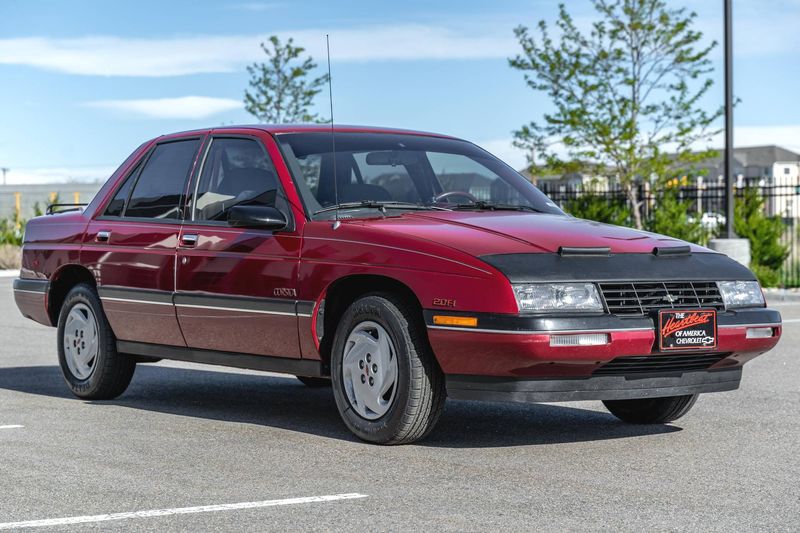
So anonymous it could be in witness protection, the Corsica sedan defined automotive mediocrity.
Rental car companies loved its forgettable presence and low cost, making it the vehicle you got when everything else was taken.
Interior materials felt cheap even by 1980s standards. The steering had all the precision of a carnival bumper car.
Though it reliably transported people from A to B, it did so without joy, character, or distinction. The Corsica wasn’t terrible—it was worse: it was utterly forgettable.
15. Chevrolet Monte Carlo (1980–1988)
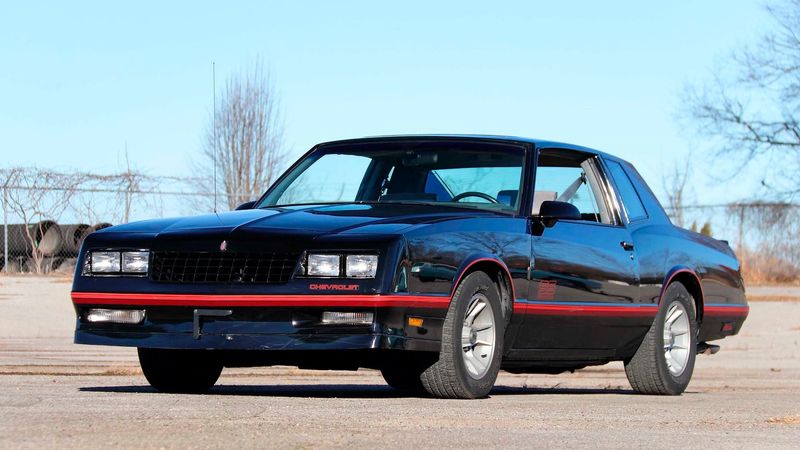
Chopped, squared, and stripped of personality, the 1980s Monte Carlo betrayed everything that made earlier generations special.
The sleek, flowing lines of 1970s models were replaced with a ruler-designed box sitting on wheels.
Performance disappeared along with style—the 1980 base model’s 3.8L V6 produced a pitiful 110 horsepower. Luxury touches were limited to vinyl roofs and opera windows.
Though the SS model offered slight improvements, this Monte Carlo generation perfectly represented how far American “personal luxury coupes” had fallen.
16. Chevrolet Kingswood
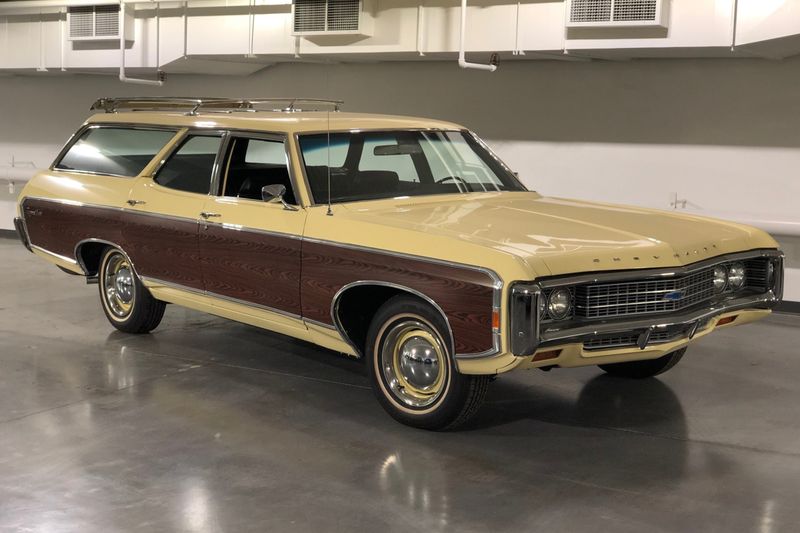
Massive enough to have its own zip code, the Kingswood station wagon embodied suburban excess before fuel economy mattered.
These land yachts could seat nine passengers plus cargo, but struggled to exceed 10 miles per gallon.
Handling resembled piloting a small boat, complete with seasickness-inducing body roll around corners. Parking required spatial awareness and upper body strength few possessed.
Though practical for large families, the Kingswood represented an unsustainable approach to family transportation that couldn’t survive the oil crises.
17. Chevrolet Greenbrier

Forward-thinking but backward-executed describes the Corvair-based Greenbrier van perfectly.
Placing the driver’s legs directly in the crumple zone created a safety nightmare, while the rear-mounted engine created handling quirks that required special driver training.
Cold weather starting proved nearly impossible in northern states. Though innovative with its flat floor and flexible interior, the Greenbrier suffered from the same swing-axle suspension problems as the Corvair.
Volkswagen’s similar but better-executed Microbus outsold it significantly, sending the Greenbrier to an early grave.
